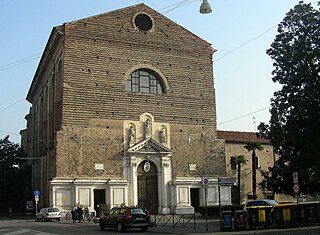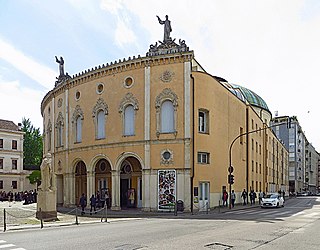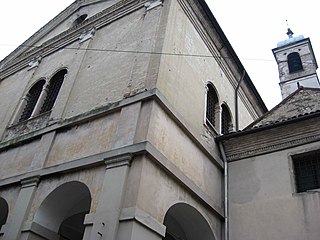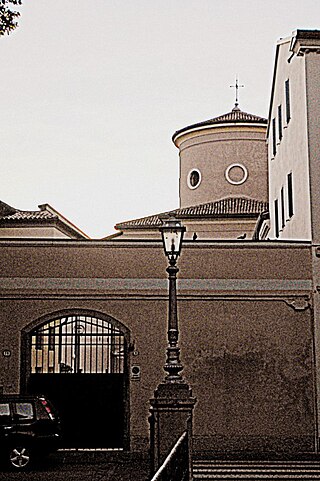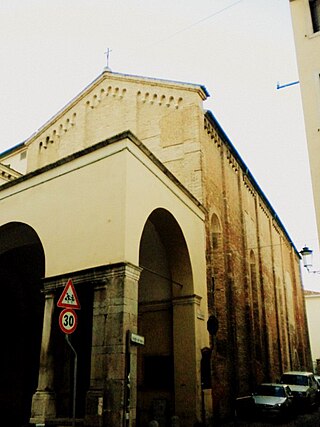Self-guided Sightseeing Tour #3 in Padua, Italy
Legend
Guided Free Walking Tours
Book free guided walking tours in Padua.
Guided Sightseeing Tours
Book guided sightseeing tours and activities in Padua.
Tour Facts
1.6 km
20 m
Experience Padua in Italy in a whole new way with our free self-guided sightseeing tour. This site not only offers you practical information and insider tips, but also a rich variety of activities and sights you shouldn't miss. Whether you love art and culture, want to explore historical sites or simply want to experience the vibrant atmosphere of a lively city - you'll find everything you need for your personal adventure here.
Activities in PaduaIndividual Sights in PaduaSight 1: Basilica del Carmine
The Basilica del Carmine is a 16th-century Roman Catholic church located on piazza Francesco Petrarca in Padua, region of Veneto, Italy. It was made a minor basilica in 1960 by pope John XXIII
Sight 2: Teatro Giuseppe Verdi
The Teatro Verdi is a theater and opera house in Padova, Italy named after composer Giuseppe Verdi. Constructed in 1749–1751, the theater was inaugurated in 1751. It was modernized in 1884.
Sight 3: Chiesa di San Pietro
The church of San Pietro Apostolo is a religious building that overlooks Contrà San Pietro, now Via San Pietro in Padua. The church already existed in the fourth century, although it underwent a reconstruction at the end of the eleventh century. Until 1809 it was the parish and church of the Benedictine nuns who had the title of canonesses in respect of a royal privilege of the ninth century. On 22 April 866 Louis II united it to the bishopric of Padua. The church is an extraordinary complex in which building and decorative phenomena ranging from the Middle Ages to the neo-Gothic period overlap. Today it is a rectory subject to the Cathedral.
Sight 4: Chiesa di San Benedetto Novello
The church of San Benedetto Novello is a religious building of medieval origin that stands towards Riviera San Benedetto, in Padua. It was built with the adjoining monastery to house the male Benedictine community that had emerged from the "double" monastery of San Benedetto Vecchio, although it later passed to the Olivetans. Today, the church and monastery dedicated to the Visitation of St. Mary belong to a community of cloistered nuns.
Sight 5: Chiesa di San Benedetto Vecchio
The church of San Benedetto Abate called for centuries the church of San Benedetto Vecchio is a building of medieval origin that overlooks Riviera San Benedetto, towards the Bacchiglione, in Padua. The building was built with the adjoining Benedictine monastery at the behest of Blessed Girolamo Forzatè.
Sight 6: Chiesa di Sant'Antonio di Vienna
The church of Sant'Antonio Abate, known as the church of Sant'Antonio di Vienna, is a medieval religious building that stands in Contrà Savonarola, in Padua. The building is part of the Colegio San Marco, a structure adapted in 1771 to accommodate university students, and previously used as a monastery first by the Canons of St. Anthony of Vienne and later by the Rhenish Canons.
Share
How likely are you to recommend us?
Disclaimer Please be aware of your surroundings and do not enter private property. We are not liable for any damages that occur during the tours.
GPX-Download For navigation apps and GPS devices you can download the tour as a GPX file.
